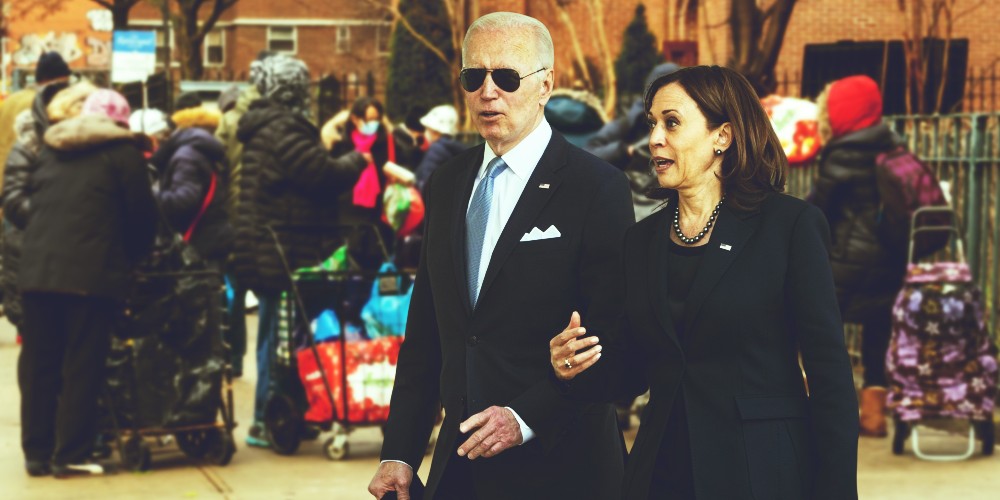(Zero Hedge)—During the pandemic year of 2020, food insecurity had already ticked up in the United States.
Now, the inflation crisis under the Biden-Harris administration has intensified this issue even more. It was especially families with children that suffered during Covid-19 as school lunches disappeared and they have been hardest hit again in 2022 and 2023.
As Statista’s Katharina Buchholz reports, the USDA just published its latest report on the issue, showing that last year, almost 18 percent of households where children lived were food insecure, up from 17.3 percent in 2022 and 12.5 percent in 2021. The negative effects of the coronavirus pandemic as well as the inflation crisis on food security still stayed behind those of the Great Depression between 2008 and 2011, however.
 You will find more infographics at Statista
You will find more infographics at Statista
Looking at all household, 13.5 percent were classified as food insecure by the USDA most recently, defined as experiencing difficulty to meet basic food needs in the span of one year, including the inability to buy enough food, buy balanced meals or eat regular portion sizes as well as skipping meals, experiencing hunger and worry about food. In 2021, this share had been 10.2 percent.
While the share of food-insecure households rose in the U.S. in 2023, so did the share of adults living in them – from 13.5 percent to 14.3 percent. The share of U.S. children living in a food-insecure household rose as well from 18.5 percent to 19.2 percent. However, according to the USDA, it was often the adults in food-insecure households who restricted food intake, while attempting to shield children – especially younger ones – from negative effects.
Household with children number around 36 million in the U.S., around 27 percent of all households, while children themselves make up around 22 percent of U.S. residents at 72 million.
What Would You Do If Pharmacies Couldn’t Provide You With Crucial Medications or Antibiotics?
The medication supply chain from China and India is more fragile than ever since Covid. The US is not equipped to handle our pharmaceutical needs. We’ve already seen shortages with antibiotics and other medications in recent months and pharmaceutical challenges are becoming more frequent today.
Our partners at Jase Medical offer a simple solution for Americans to be prepared in case things go south. Their “Jase Case” gives Americans emergency antibiotics they can store away while their “Jase Daily” offers a wide array of prescription drugs to treat the ailments most common to Americans.
They do this through a process that embraces medical freedom. Their secure online form allows board-certified physicians to prescribe the needed drugs. They are then delivered directly to the customer from their pharmacy network. The physicians are available to answer treatment related questions.



